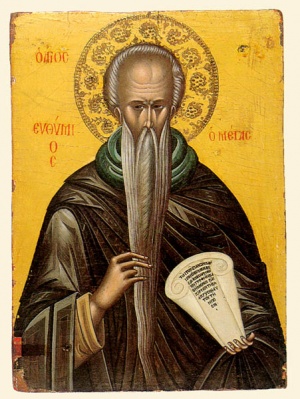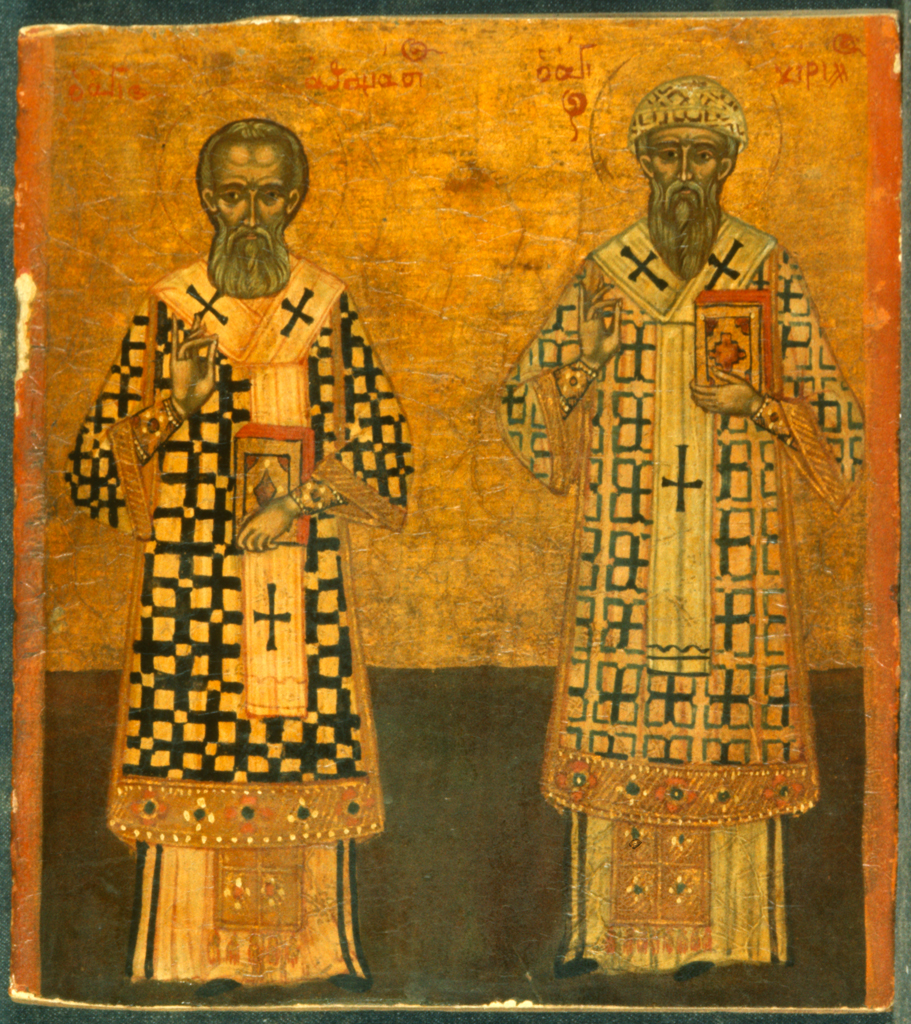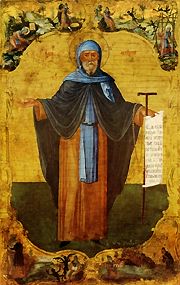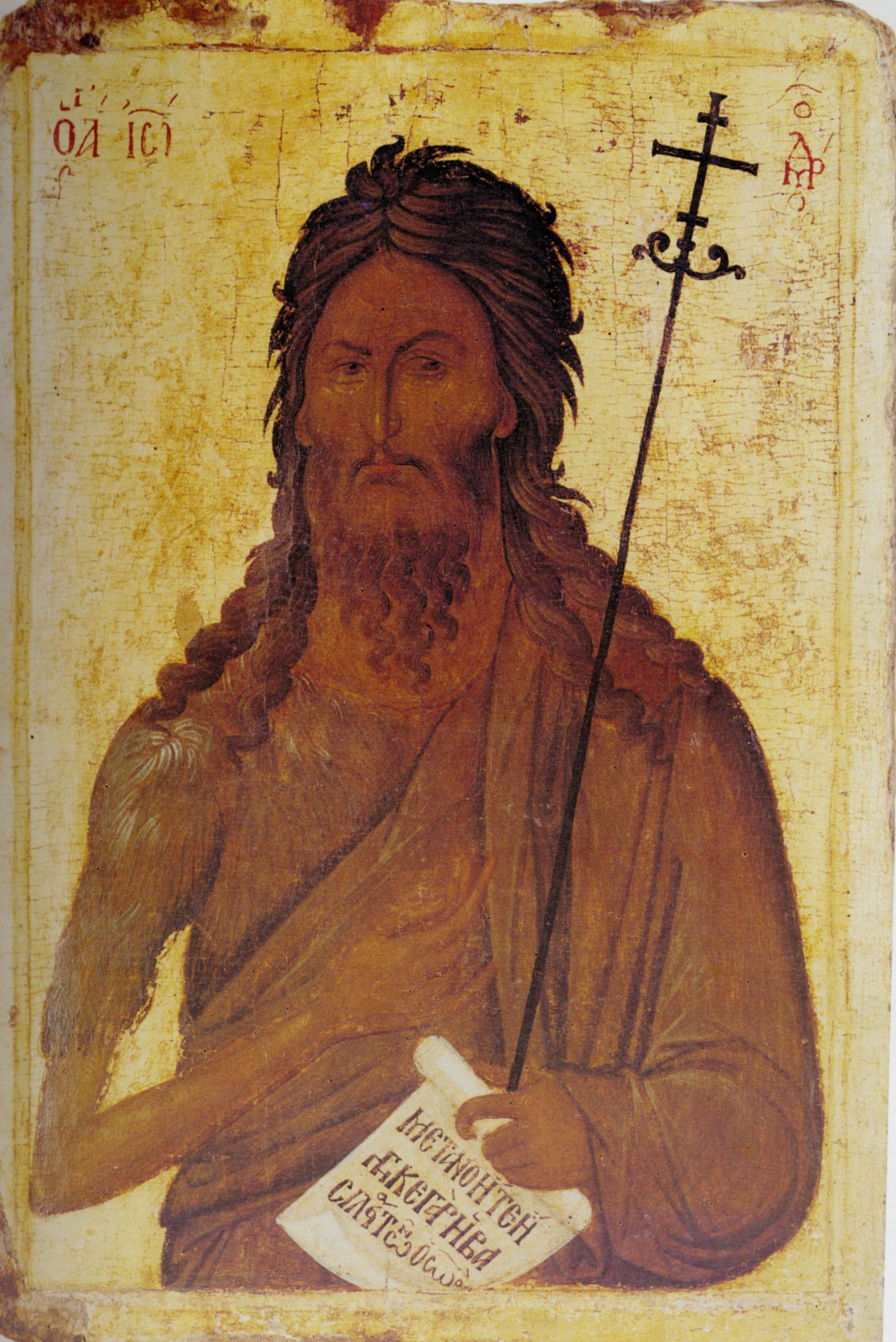St. John Chrysostom
Jesus said, “I am the door; if any one enters by me, he will be saved, and will go in and out and find pasture. The thief comes only to steal and kill and destroy; I came that they may have life, and have it abundantly. I am the good shepherd. The good shepherd lays down his life for the sheep. He who is a hireling and not a shepherd, whose own the sheep are not, sees the wolf coming and leaves the sheep and flees; and the wolf snatches them and scatters them. He flees because he is a hireling and cares nothing for the sheep. I am the good shepherd; I know my own and my own know me, as the Father knows me and I know the Father; and I lay down my life for the sheep. And I have other sheep, that are not of this fold; I must bring them also, and they will heed my voice. So there shall be one flock, one shepherd.” John 10: 9-16 (Gospel from Feast of St. John Chrysostom)
Jesus often spoke using image of the farm, as the society of His day was an agrarian society. Many people had farms and animals.
We know that sheep are not the smartest animals. Thus, the shepherd has to take special care of the sheep. He as to guide them out into the fields to graze. And then he has to get them back into the sheep pen at night. In order to guide the sheep, he uses a staff both to prod the wayward sheep, to direct the flock and to defend himself and the flock from predatory animals like wolves.
At night, the shepherd must get the sheep into a line so that they can walk through the narrow gate of the sheep pen. The gate was narrow enough to be guarded by the shepherd. The good shepherd would essentially have to sleep with one eye open, making sure no predators got into the sheep pen to kill the sheep. Jesus calls Himself the “good shepherd,” who is willing to lay down His life for the sheep. A “hireling” will flee if he sees a wolf coming, because the hireling is in it for the money. He is not going to die for the sheep. Jesus says that He is the Good Shepherd who will die for the sheep, and indeed that is exactly what He did.
There is a synergy between sheep and shepherd. The shepherd knows the sheep and has built a rapport with them. The sheep know the shepherd and they trust Him, they follow Him. As for the “other sheep that are not of this fold,” (John 10:16) these are the Gentiles, whom Christ wanted to also bring into His flock, so that there will be “one flock” (10:16) of both Jews and Gentiles, united under “one shepherd,” Jesus Christ.
Today we celebrate the feastday of St. John Chrysostom, a Hierarch (bishop) of the church. He lived in the fourth century and is considered one of the “Three Hierarchs”, along with St. Basil the Great and St. Gregory the Theologian. These three hierarchs all lived in the fourth century and they have this designation to distinguish them as the preeminent hierarchs of all the hierarchs who have served the church over two thousand years. Saint John Chrysostom was distinguished as a writer and as an orator, hence his name, “Chrysostom” or “golden mouth.” He also edited the Divine Liturgy of St. Basil (who had edited the Divine Liturgy of St. James), authoring many of the priestly prayers that are offered in this Divine Liturgy. The Liturgy of Saint John Chrysostom is the Eucharistic service most often celebrated in the Orthodox Church. With the exception of the weekdays of Lent (when we offer Pre-Sanctified Liturgy), the feastday of St. James (when we offer his Liturgy) and ten other days when we offer St. Basil’s Liturgy, most often when we gather to celebrate the Divine Liturgy, it is the Divine Liturgy of St. John Chrysostom. He also authored the Paschal Homily that is offered at the Resurrection service each year. One other interesting note about St. John Chrysostom. He reposed on September 14, 407, which is also the Feastday of the Exaltation of the Holy Cross. Since the church didn’t want to have his feastday on the same day as the Exaltation of the Holy Cross, he is commemorated instead on November 13.
The Gospel lesson of the “Good Shepherd” is read on many feastdays of hiearchs, including St. Nektarios and St. Spyridon among others. The reason for this is to remind our hierarchs (our bishops) that they need to be loving the way Christ was loving towards His flock. And this is also a reminder for us to follow our Shepherd (Christ) by being obedient to His earthly shepherds, our church leaders. As was mentioned above, there is supposed to be a synergy between clergy and laity, with the clergy leading in a loving and sacrificial way and the laity following in an obedient and joyful way. When love, sacrifice, obedience and joy are missing, the flock of Christ is imperiled. When these four ingredients are present, the flock is safe.
The grace that from your mouth shone forth like a torch illumined the universe. It deposited in the world the treasures of the absence of avarice. It showed us the height that is attained by humility. Now you instruct us by your words, Father John Chrysostom. Intercede with Christ God, the Word himself, entreating Him to save our souls. (Apolytkion of St. John Chrysostom, Trans. By Fr. Seraphim Dedes)
May God bless our shepherds (bishops) and priests on this feastday of St. John Chrysostom. May we be worthy to have sheep who will follow us. May the sheep also follow with obedience and joy. May we have synergy in our flocks. And may we all make it safely to the sheep pen, the kingdom of heaven!
These readings are under copyright and is used by permission. All rights reserved. These works may not be further reproduced, in print or on other websites or in any other form, without the prior written authorization of the copyright holder: Reading © Holy Transfiguration Monastery – Brookline, MA, Apolytikion of Abbot Marcellus © Narthex Press, Kontakion of Abbot Marcellus © Holy Transfiguration Monastery – Brookline, MA.
The Revised Standard Version of the Bible is copyrighted 1946, 1952, 1971, and 1973 by the Division of Christian Education of the National Council of the Churches of Christ in the U.S.A. and used by permission. From the Online Chapel of the Greek Orthodox Archdiocese of America.



